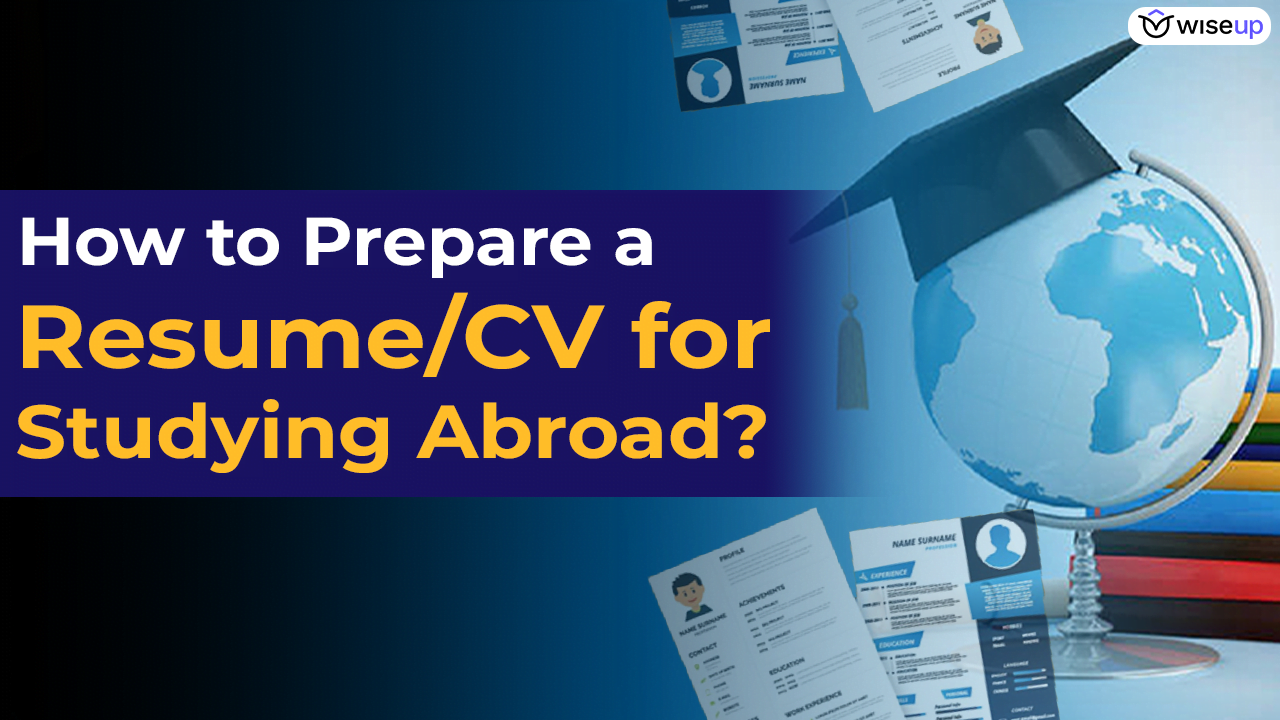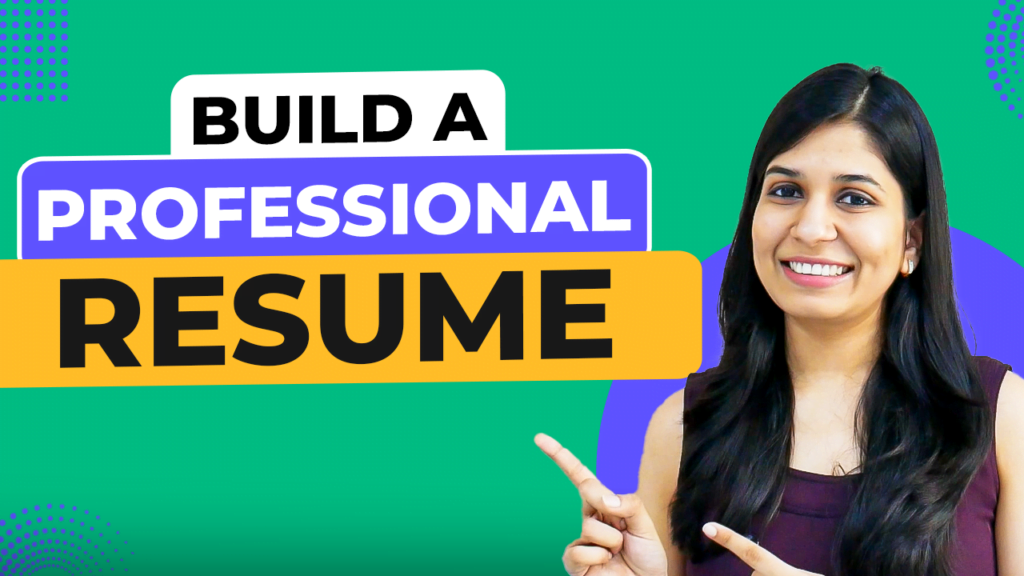When planning to study abroad, one of the most important documents you’ll need to submit is your CV or resume. But is the resume for studying abroad the same as the one you submit for job applications? What additional information should you include, and what kind of template works best? Let’s dive into the key steps to create a resume for study abroad that stands out!
What is a resume for study abroad?
A resume for a study abroad application highlights your academic background, work experience, research projects, and skills relevant to your chosen field. It focuses more on educational achievements and research interests than a job resume, helping the admissions committee assess your fit for their program.
What should be the length of your resume for study abroad?
The first question many students have is about the length of their resume. For job applications, it’s often advised to keep your resume to one page. However, for study abroad applications, a resume can extend up to 2-3 pages.
This extra space allows you to highlight relevant experiences, such as internships, research, and academic projects.
But remember, quality matters more than quantity. Only expand to 2-3 pages if you have enough substantial experience; avoid adding irrelevant or unnecessary details just to fill up space.
Key Sections to Include
A well-organised CV/resume for studying abroad should include the following sections:
1. Education
This is the most important section for academic applications. Place it at the top of your resume. Include details like your degree, CGPA, relevant coursework, and key projects. Make sure to mention any significant academic achievements, such as scholarships, honours, or if you were in the top percentile of your class.

2. Research Interests
If you’re applying for a master’s or PhD program, it’s helpful to have a section on research interests. List 2-3 topics you’re interested in pursuing. This helps the admissions committee understand your academic focus and alignment with their program.

3. Work/Internship Experience
In this section, focus on how your experience relates to the program you’re applying to. Use the CAR format (Challenge, Action, Result) to describe your roles clearly and concisely. For example, if you led a project, mention the challenges you faced, the actions you took, and the outcome of your work.

4. Academic Projects and Research Publications
If you’ve worked on academic projects, especially under the guidance of prominent professors, be sure to include them. List the project title, your role, and any specific tools or technologies you used. If your project was supervised by a well-known professor, it’s worth mentioning as it could be a point of recognition for the admissions committee.
If you have research publications or have presented at conferences, this is where you can really set yourself apart. Provide the title of your publications, the journal or conference, and the publication stage (drafting, review, accepted). This shows your active engagement in research, which is especially important for research-based programs.

5. Skills and Competencies
Here, list both technical and soft skills. For technical skills, include programming languages, software tools, or any specific technical expertise that’s relevant to your field. You can also list laboratory techniques, research methodologies, or scientific tools if you’re applying for a science-based program. Don’t forget to mention soft skills like leadership, communication, or teamwork if they align with the programs you’re targeting.

6. Certifications
In this section, include any certifications that are directly related to your field of study. Mention the name of the certification, the provider (e.g., a university or recognised organisation), and the date you obtained it. Avoid listing generic certifications from platforms like Coursera or Udemy without mentioning the legitimate institutions behind the courses.

7. Leadership and Achievements
Your leadership experience can greatly strengthen your profile. Be specific about the roles you held, your responsibilities, and the impact you made. For instance, instead of just saying you “led a team,” mention the number of people you managed and the results you achieved.
When listing your achievements, always include why you received the award or recognition, and how many people were competing. This detail adds significant weight to your application.
To know more about how to write this section, check out the video below:
8. Extracurricular Activities
Universities value well-rounded candidates, so don’t hesitate to include extracurricular activities. These could be cultural events, sports, volunteering, or any involvement in student organisations. Highlight the skills you gained from these experiences, such as teamwork, time management, or event organisation.
9. References
For a study abroad resume, it’s a good idea to include 2-3 references from professors or mentors who can vouch for your academic and professional capabilities. Include their name, position, institution, and contact information. This section should ideally come at the end of your resume.

Avoid Common Mistakes
There are certain things that should not be included in your resume for study abroad:
- A declaration or signature
- Your photo
- Personal details like your parents’ names
- Multiple colours or designs—stick to a professional, single-column format with minimal colour usage.

By following these guidelines, you’ll create a strong, effective resume/CV that highlights your academic and professional strengths, helping you stand out to admissions committees.
However, if you wish to get detailed help on writing each section and get it reviewed, then you can register for our course – Resume Building Course | WiseUp.
Good luck with your study abroad applications!




